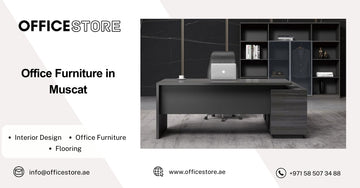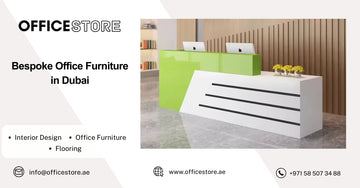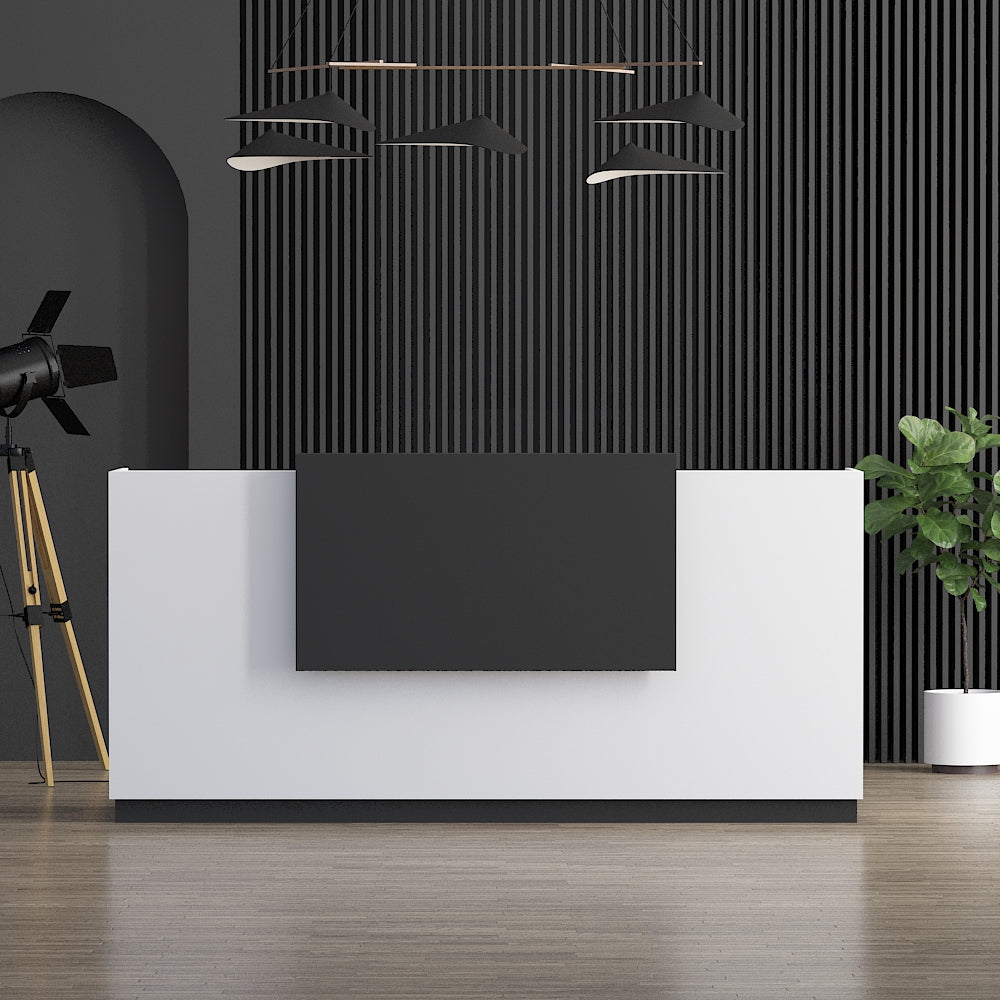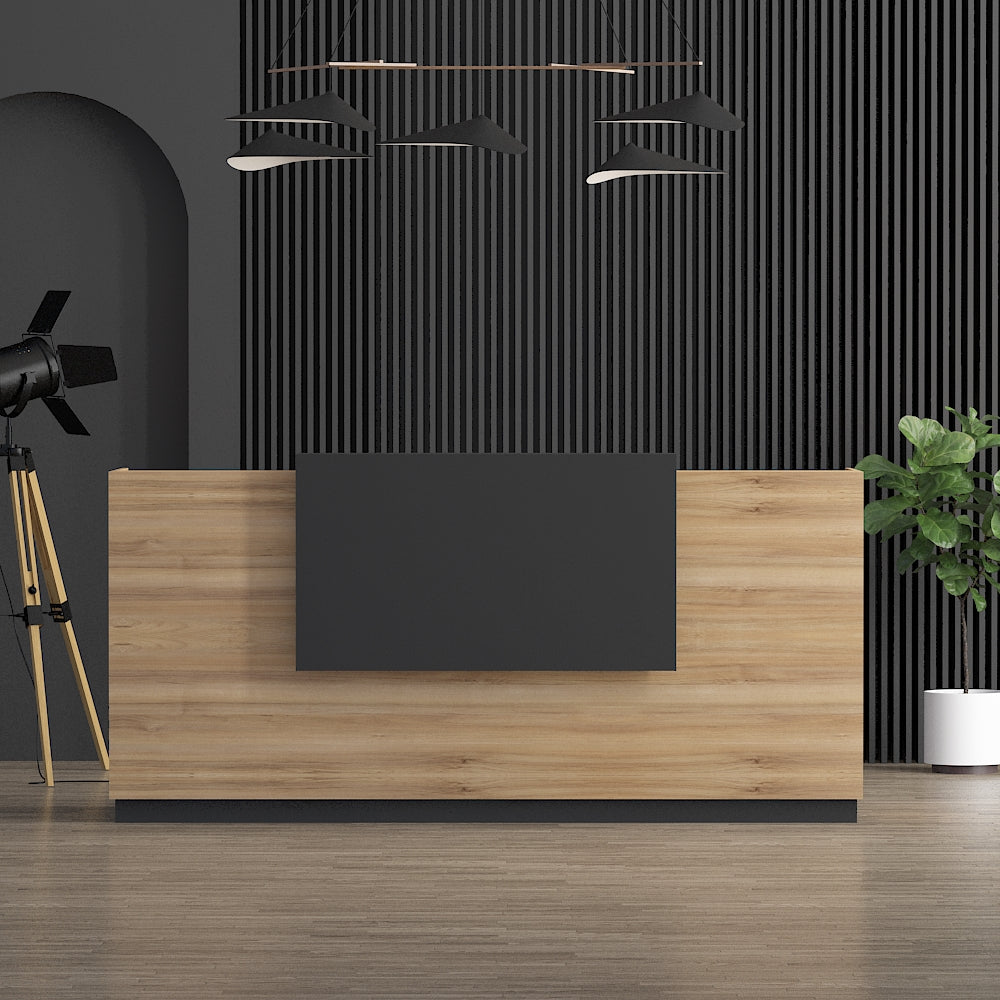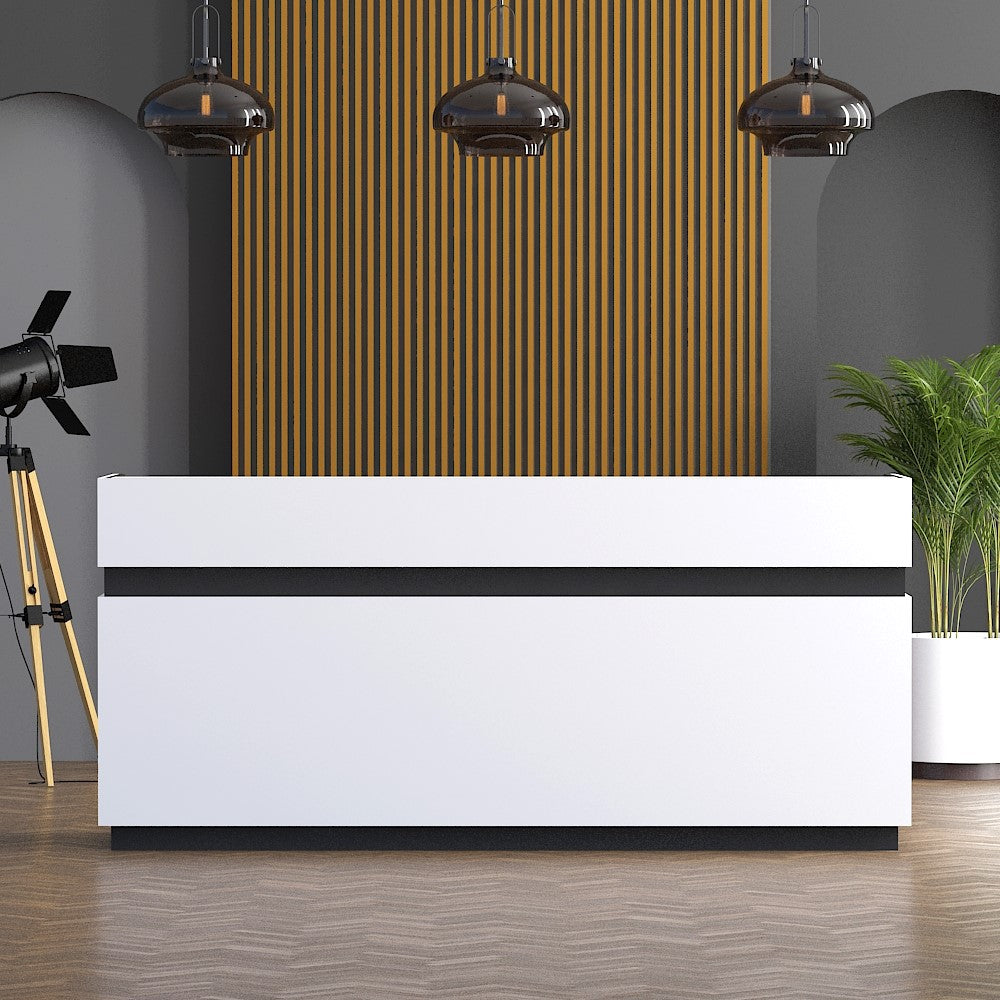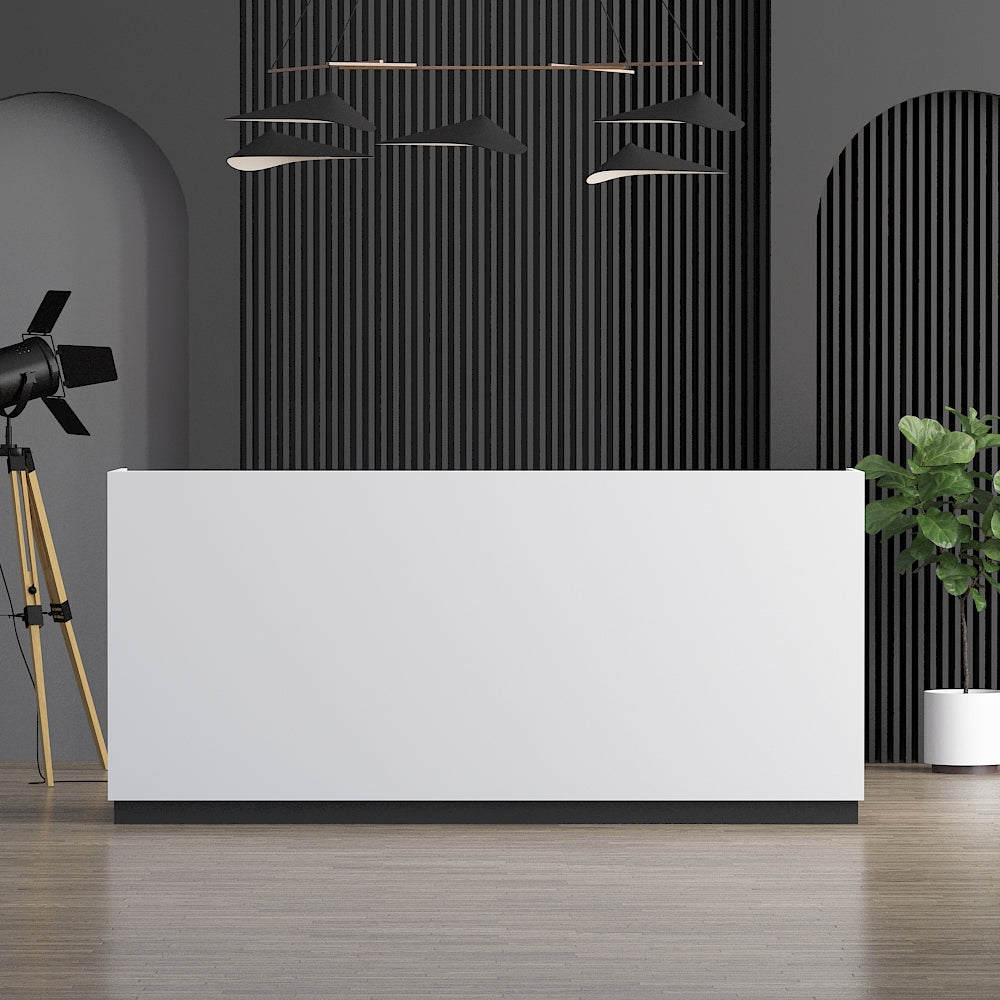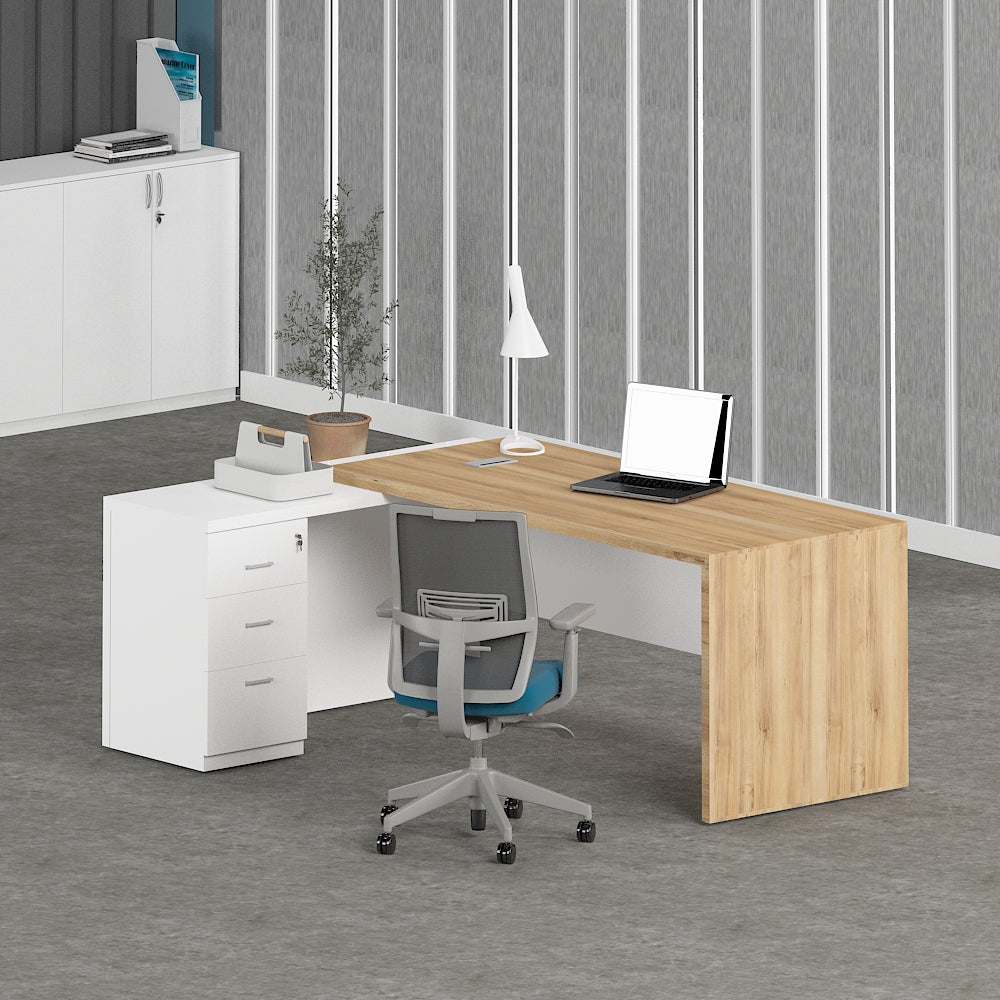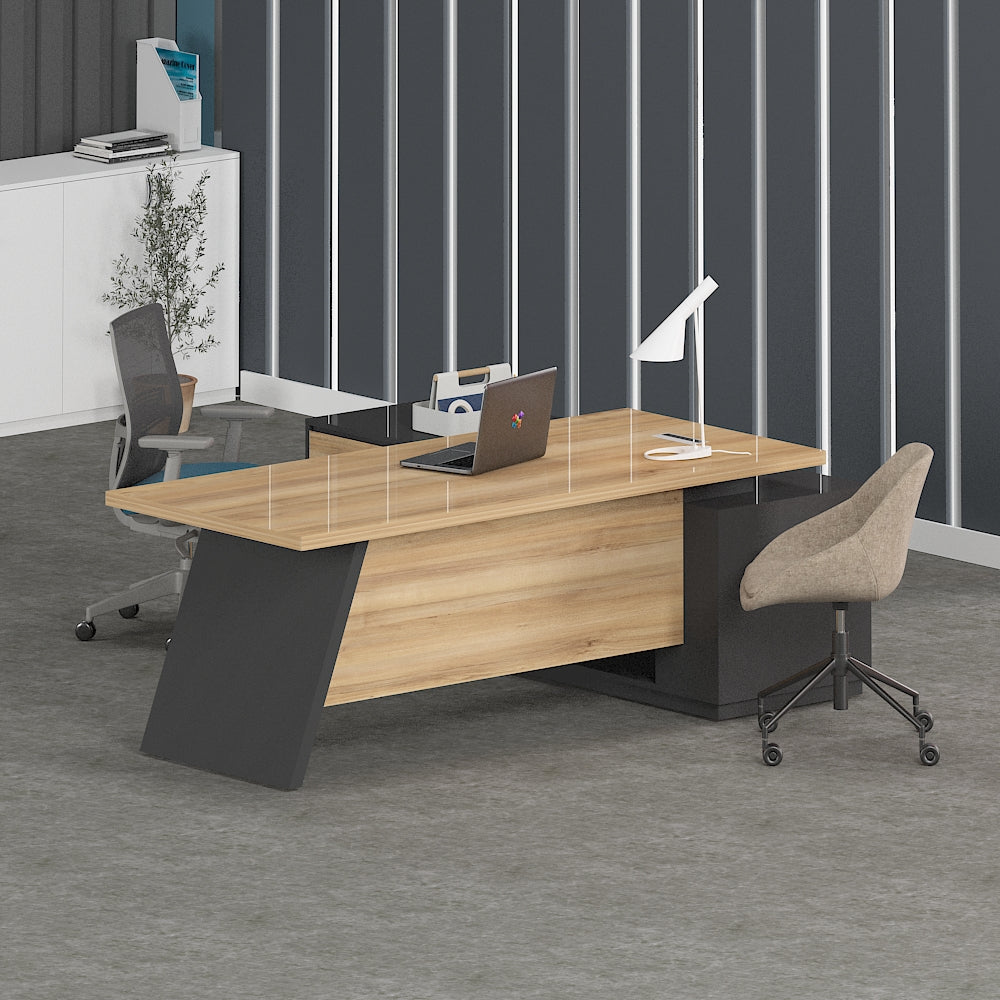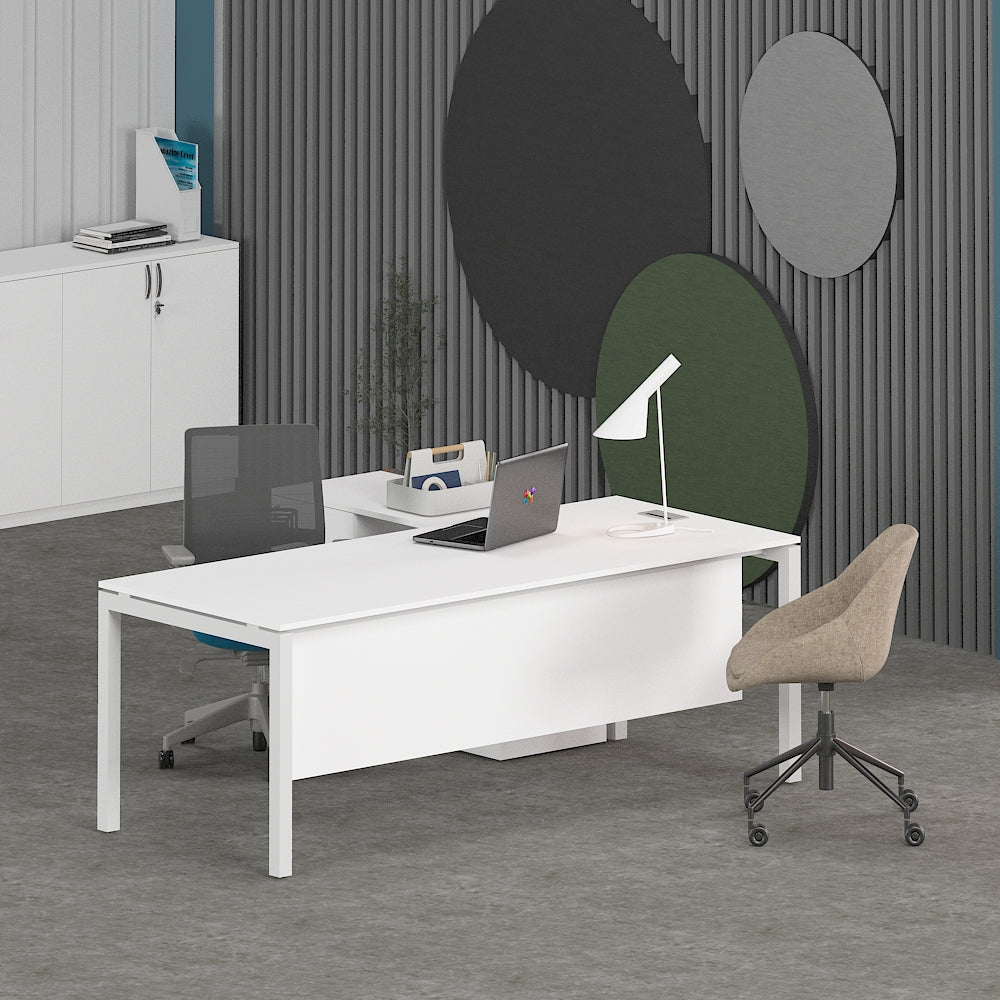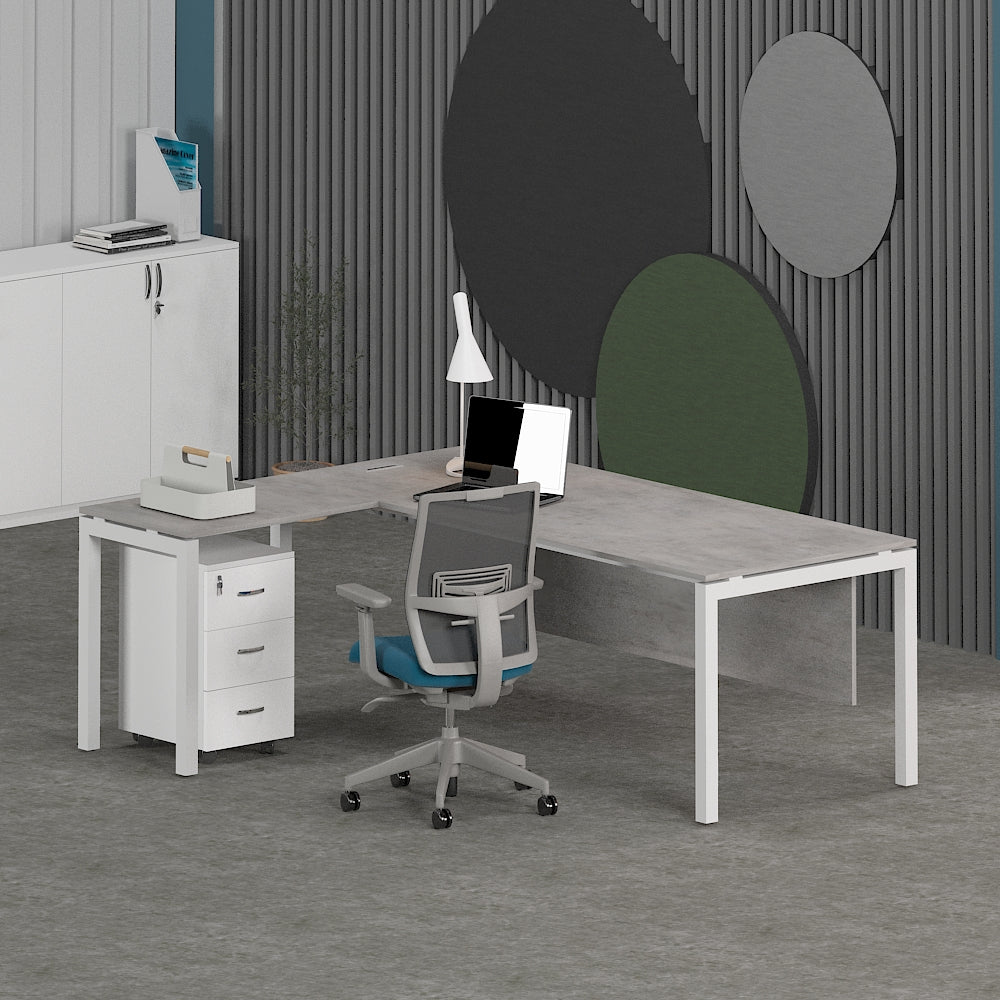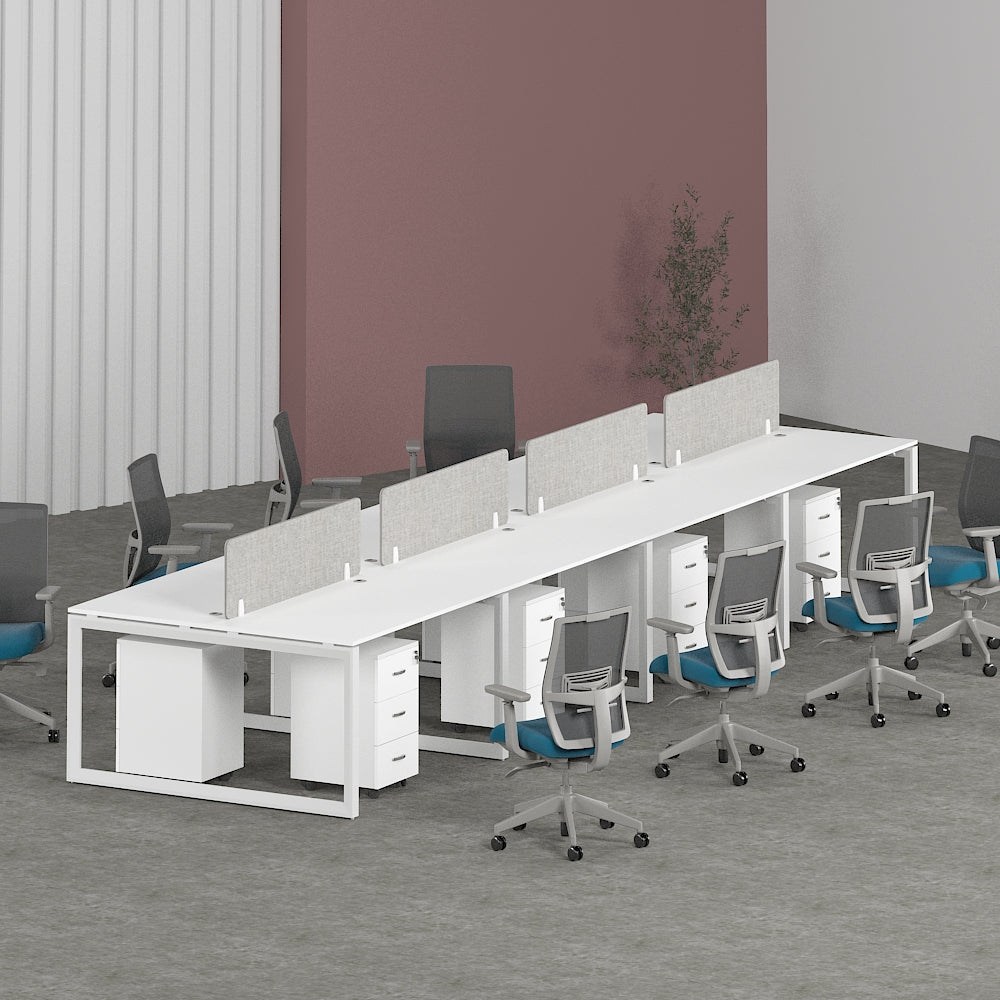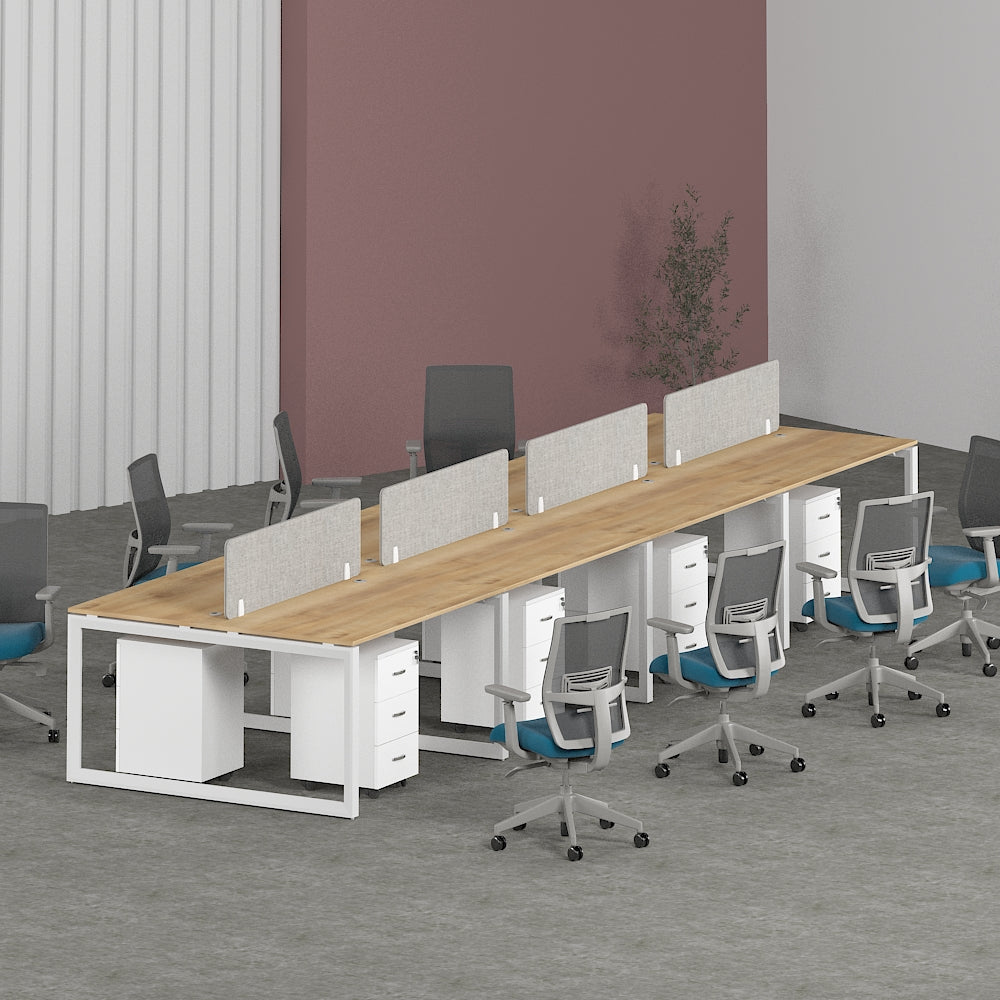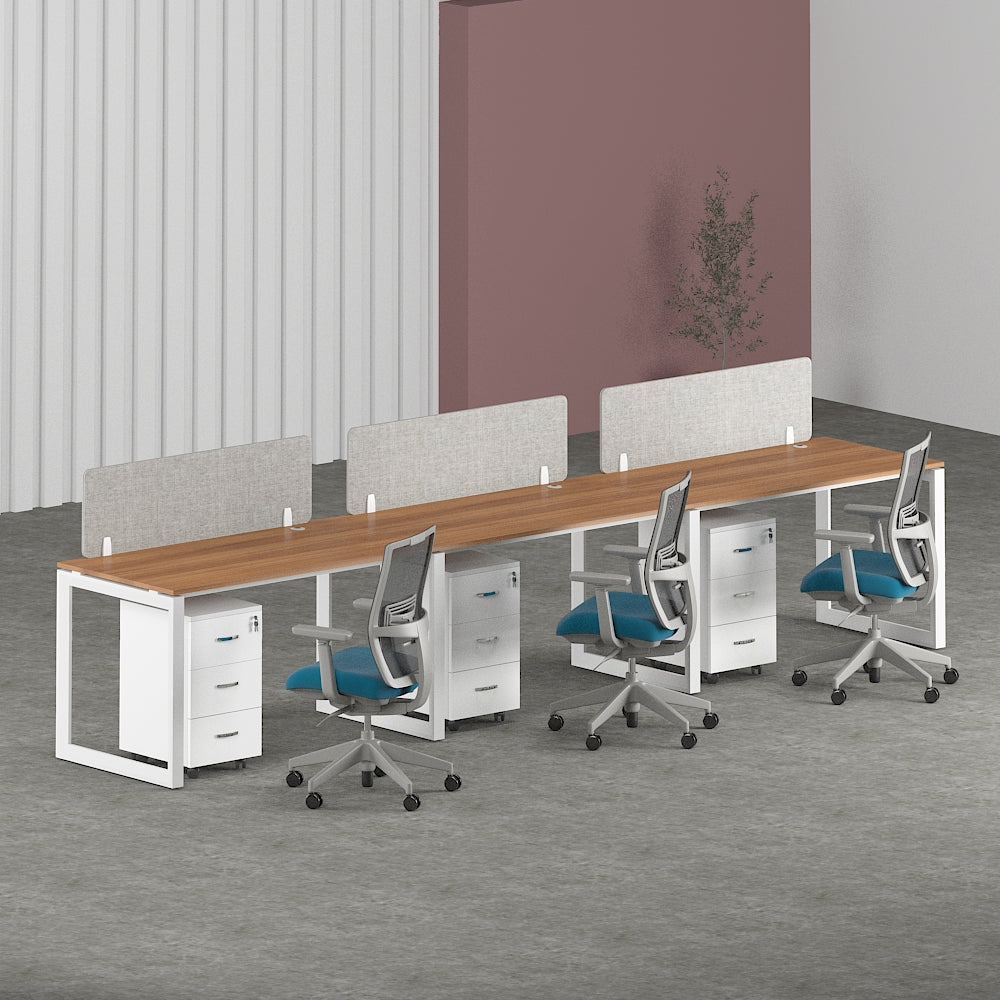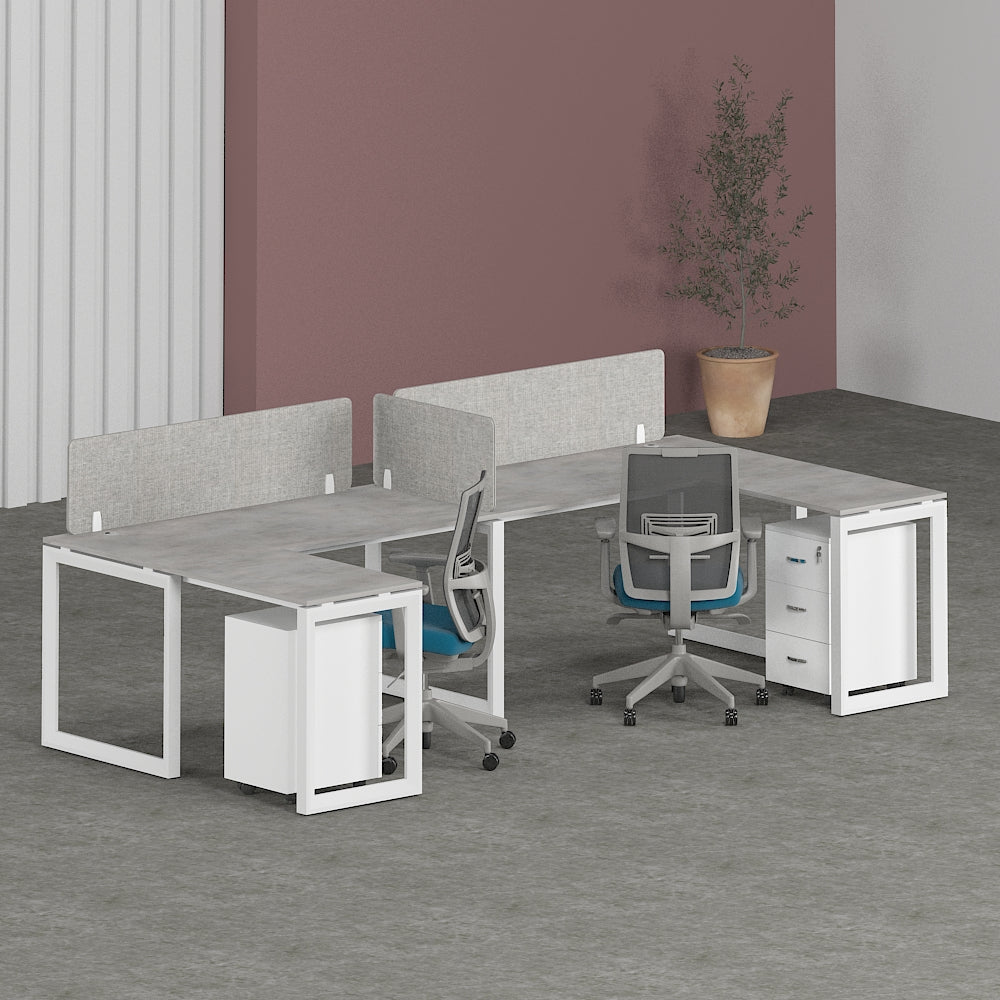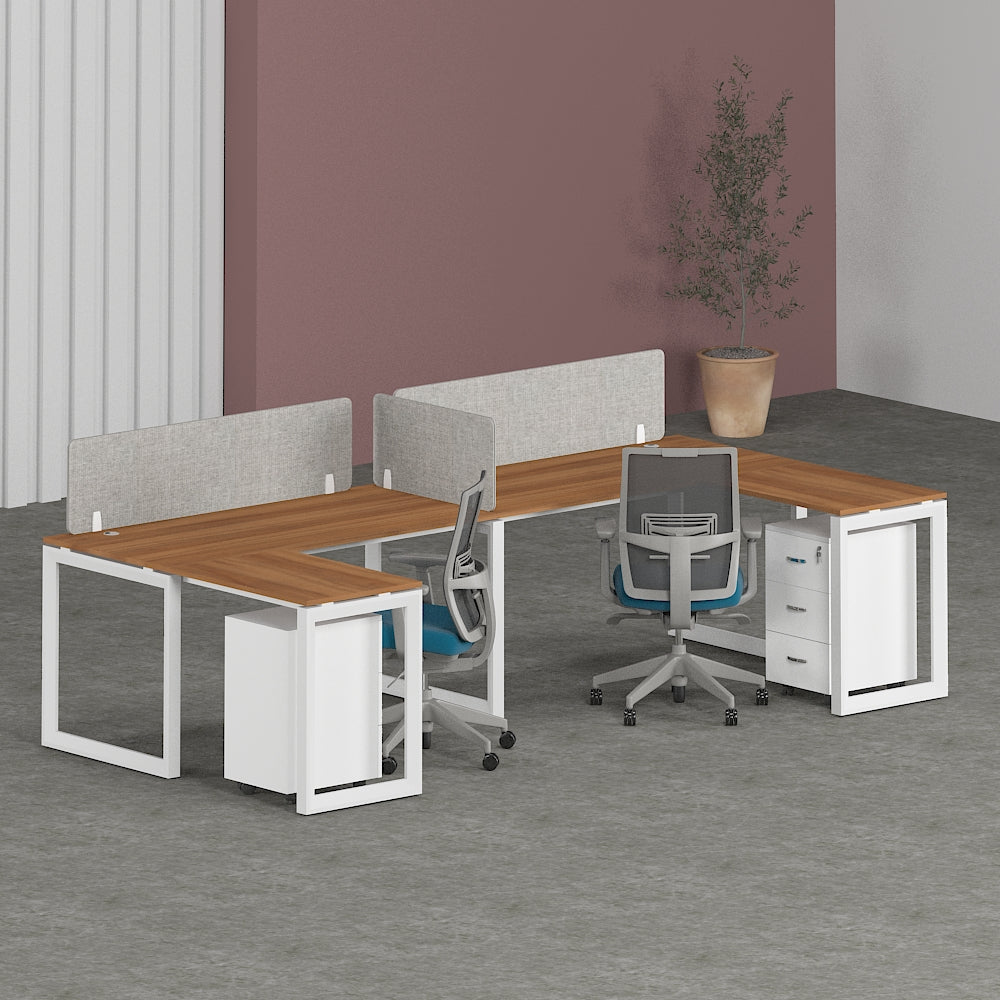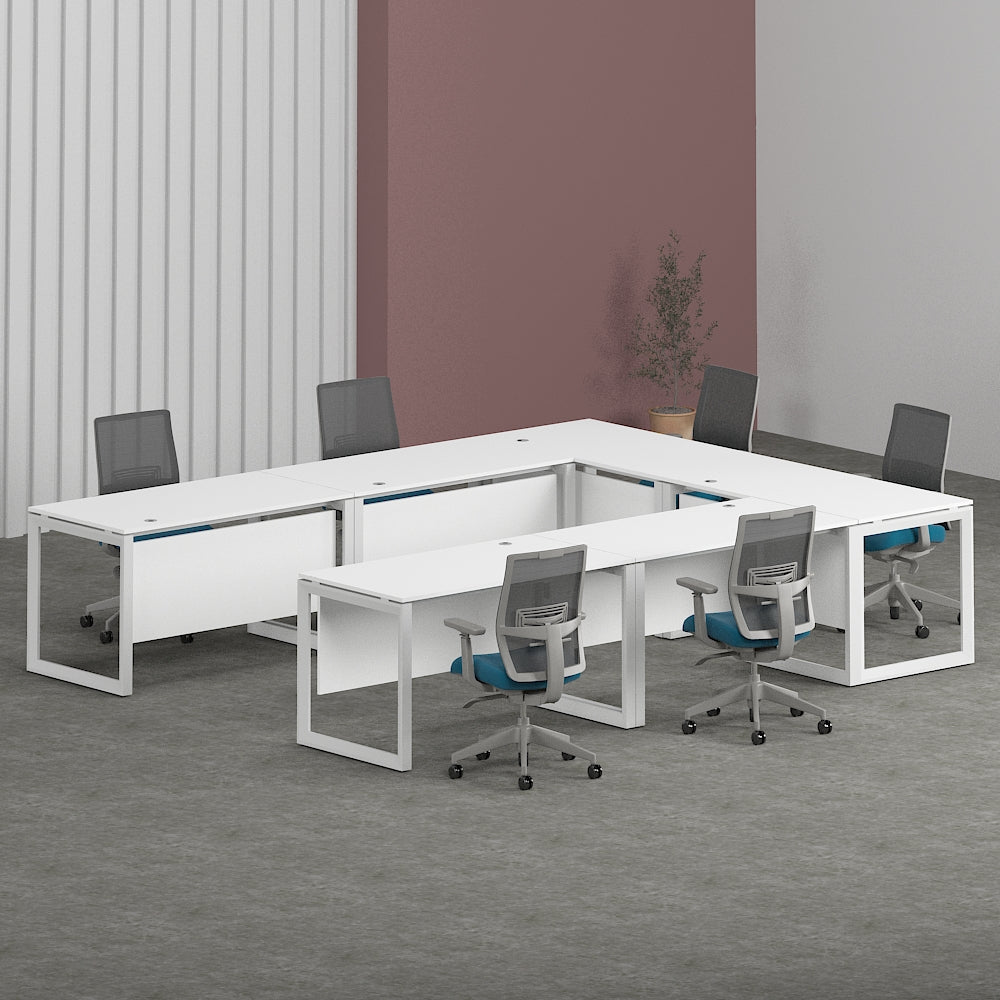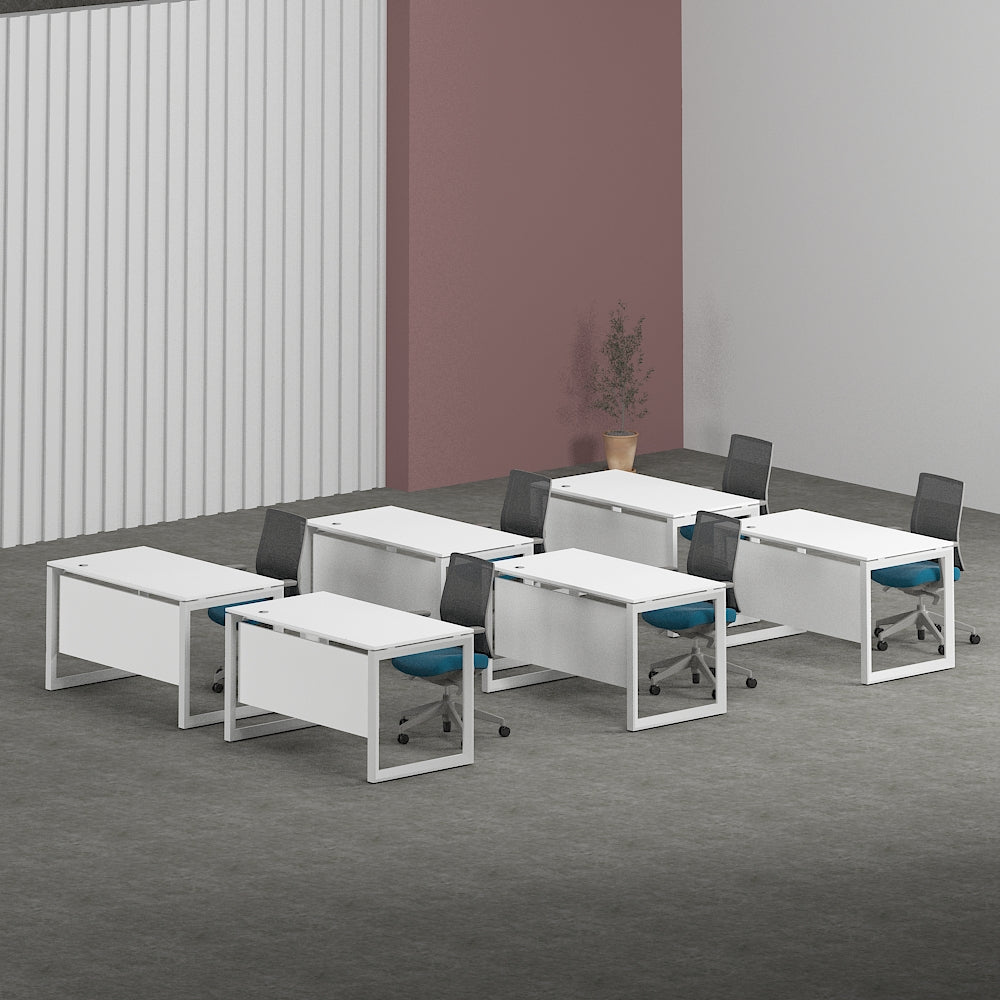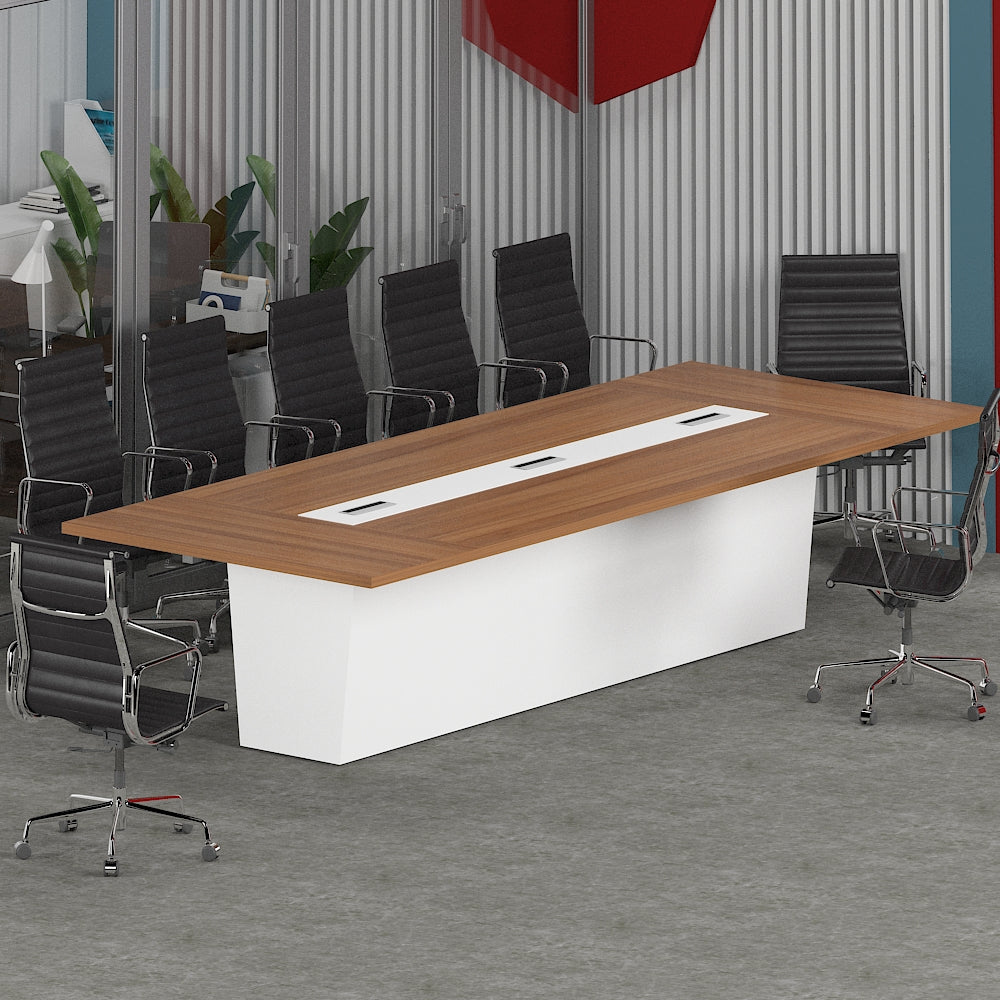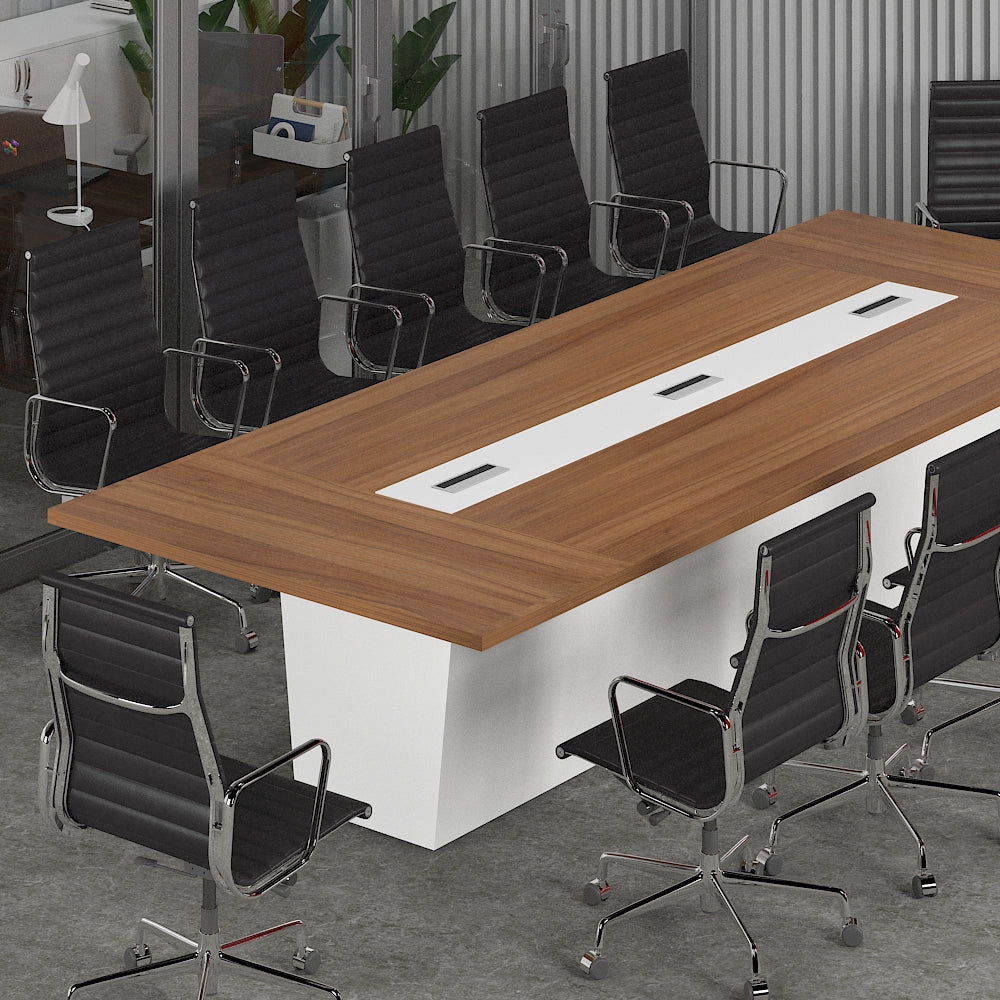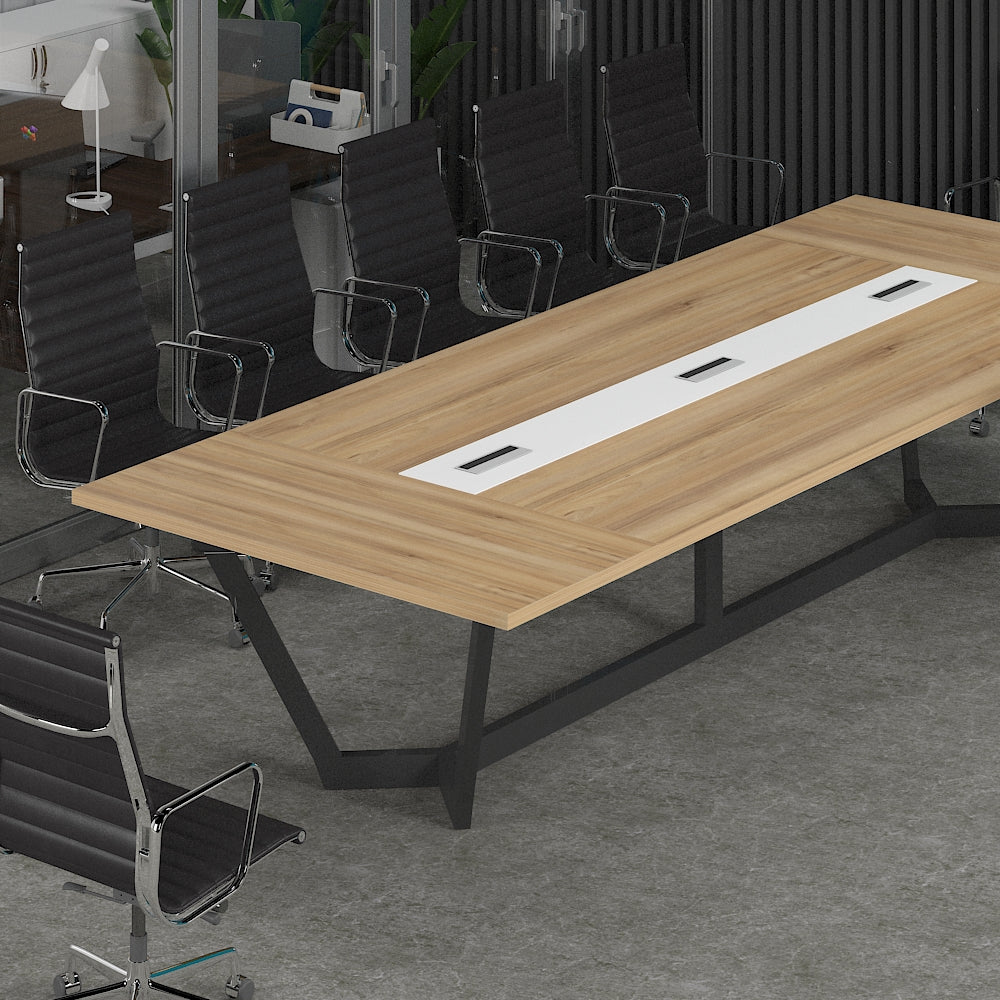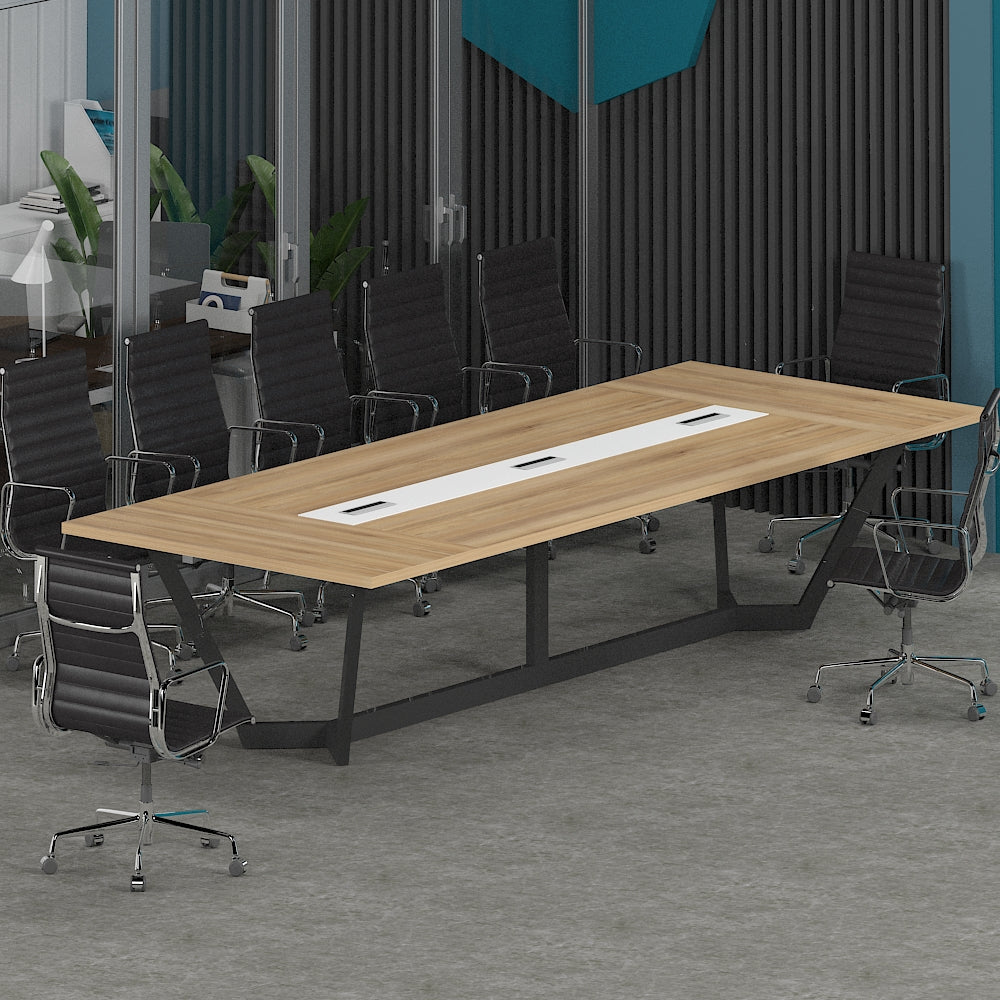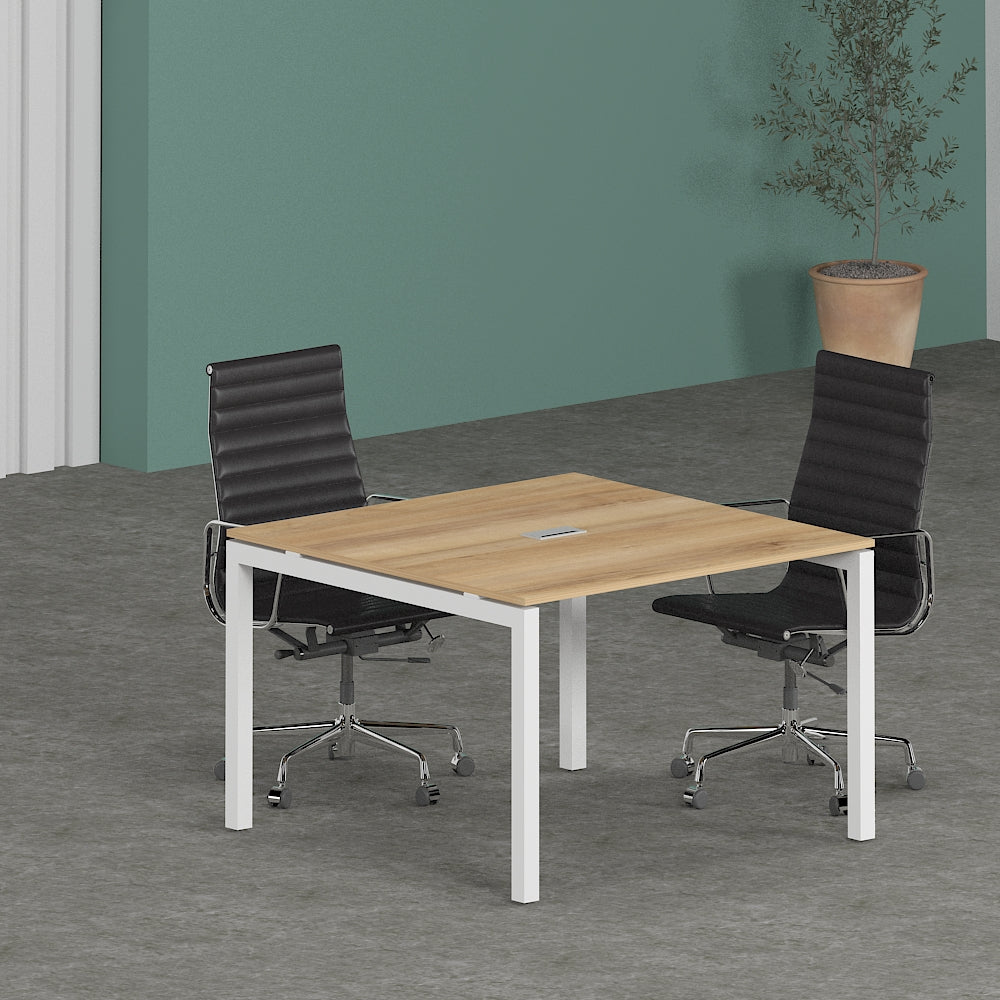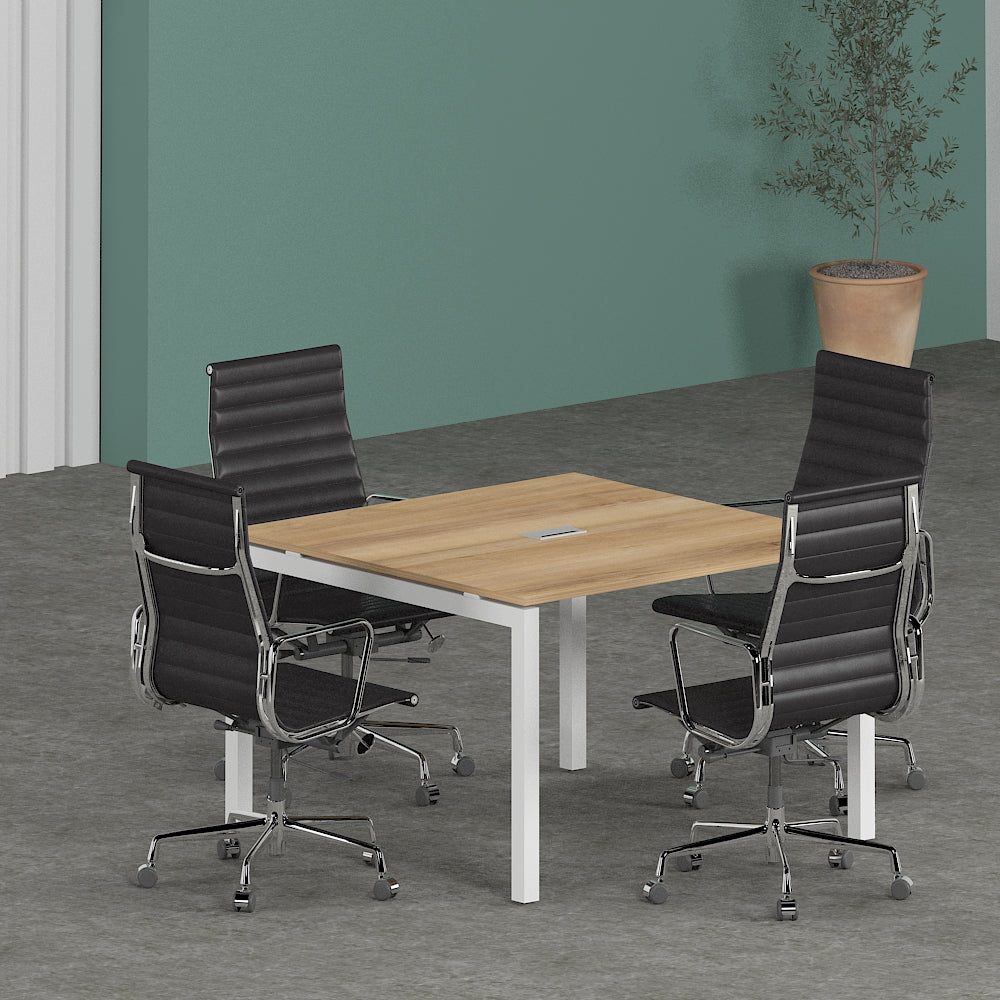Comfortable Office Furniture: Enhancing Productivity and Well-being
In today's fast-paced work environment, comfort plays a pivotal role in maintaining productivity and overall well-being. Long gone are the days of stiff, uncomfortable office chairs and poorly designed workstations. With the rise of remote work and the increasing awareness of ergonomics, the demand for comfortable office furniture has surged. From ergonomic office chairs to adjustable standing desks, the market is teeming with options to suit every need and budget.
Choosing the Right Office Chair
When it comes to office furniture, perhaps nothing is more important than the chair you sit in for hours on end. Investing in a high-quality ergonomic office chair can make a world of difference in your comfort and productivity. But with so many options available, how do you choose the right one?
First and foremost, look for a chair that offers ample adjustability. Features like seat height adjustment, lumbar support, and armrests that can be customized to your liking are essential for achieving optimal comfort. Additionally, pay attention to the material and durability of the chair to ensure it will withstand daily use for years to come.
Ergonomic Keyboard Trays: Enhancing Typing Comfort
Typing for extended periods can take a toll on your wrists and hands. That's where ergonomic keyboard trays come in handy. These trays are designed to position your keyboard at the optimal height and angle, reducing strain on your wrists and promoting better posture. When choosing a keyboard tray, opt for one that is adjustable and large enough to accommodate both your keyboard and mouse comfortably.
The Rise of Adjustable Standing Desks
Sitting for prolonged periods has been linked to a myriad of health issues, including obesity, heart disease, and back pain. Adjustable standing desks offer a solution by allowing you to alternate between sitting and standing throughout the day. Not only does this help alleviate physical discomfort, but it can also boost energy levels and improve focus. When using a standing desk, remember to maintain proper posture and take regular breaks to stretch and move around.
Comfortable Office Chairs: A Necessity for Productivity
In addition to ergonomic office chairs, other types of comfortable seating options are available to suit various preferences and needs. Whether you prefer a traditional task chair or a cozy lounge chair for casual meetings, prioritize comfort without sacrificing functionality. Look for features like padded seats, breathable mesh backs, and adjustable armrests to ensure maximum comfort during long hours of use.
Improving Comfort with Office Desk Accessories
In addition to ergonomic furniture, incorporating the right accessories into your workspace can further enhance comfort and productivity. From monitor risers to cable management solutions, there are countless accessories available to help you create an ergonomic and organized work environment. Experiment with different accessories to find what works best for your unique needs and preferences.
Ergonomic Mouse Pads: Supporting Wrist Health
If you spend a significant amount of time using a computer, investing in an ergonomic mouse pad is a wise decision. These pads are designed to provide wrist support and promote proper hand positioning, reducing the risk of repetitive strain injuries like carpal tunnel syndrome. Look for a mouse pad with a gel wrist rest and a smooth surface for effortless navigation.
Back Support Cushions: Relieving Back Pain
Back pain is a common complaint among office workers, often stemming from poor posture and inadequate lumbar support. Back support cushions are designed to address this issue by providing additional support to the lower back, promoting proper spinal alignment, and alleviating discomfort. Whether you prefer a cushion that attaches to your chair or one that can be used independently, incorporating lumbar support into your workspace can make a world of difference.
Enhancing Comfort with Under-Desk Footrests
Many people overlook the importance of foot support when it comes to ergonomics. However, keeping your feet elevated can help improve circulation and reduce pressure on your lower back and legs. Under-desk footrests are a simple yet effective solution for achieving optimal comfort while sitting. Look for a footrest that is adjustable in height and angle to accommodate your individual needs.
The Role of Lumbar Support Pillows
In addition to back support cushions, lumbar support pillows can provide targeted support to the lower back, helping to relieve pressure and prevent discomfort. These pillows are especially beneficial for individuals who spend long hours sitting at a desk. When selecting a lumbar support pillow, choose one that is firm yet comfortable and adjustable to ensure proper fit and support.
Creating a Comfortable Workspace: Practical Tips
Achieving comfort and productivity in the workplace goes beyond selecting the right furniture and accessories. It also involves setting up your workspace in a way that promotes good posture and reduces physical strain. Arrange your desk and monitor at the appropriate height, position your keyboard and mouse within easy reach, and take regular breaks to stretch and move around.
Budget-Friendly Options for Comfortable Office Furniture
Comfortable office furniture doesn't have to break the bank. There are plenty of budget-friendly options available that offer both comfort and functionality. Consider shopping for gently used furniture, exploring discount retailers, or investing in versatile pieces that can serve multiple purposes. With a little creativity and resourcefulness, you can create a comfortable and ergonomic workspace without spending a fortune.
Case Studies: Success Stories with Comfortable Office Furniture
The benefits of comfortable office furniture extend far beyond individual comfort. Numerous studies have shown that investing in ergonomic furniture can lead to increased productivity, reduced absenteeism, and higher employee satisfaction. Companies like Google, Microsoft, and Facebook have embraced ergonomic principles in their office design, resulting in happier, healthier, and more productive employees.
Common Mistakes to Avoid When Choosing Office Furniture
When shopping for office furniture, it's easy to get overwhelmed by the myriad of options available. However, there are several common mistakes to avoid to ensure you make the right choice. Avoid sacrificing comfort for style, prioritize functionality over aesthetics, and take the time to test out furniture before making a purchase. By avoiding these common pitfalls, you can create a workspace that is both comfortable and conducive to productivity.
Conclusion
In conclusion, comfortable office furniture plays a crucial role in promoting productivity, well-being, and overall satisfaction in the workplace. Whether you're investing in an ergonomic office chair, a standing desk, or simple accessories like mouse pads and footrests, prioritizing comfort can have a significant impact on your health and performance. By following the tips outlined in this article and choosing furniture that supports your body and work style, you can create a workspace that is comfortable, functional, and conducive to success.
FAQs
1. Why is ergonomic office furniture important?
Ergonomic office furniture is designed to support the natural contours of the body and promote good posture, reducing the risk of musculoskeletal injuries and enhancing comfort and productivity.
2. How do I know if an office chair is ergonomic?
Look for features like adjustable seat height, lumbar support, and armrests, as well as breathable fabric and ample padding. Additionally, test the chair for comfort and adjustability before making a purchase.
3. Can standing desks help with back pain?
Yes, standing desks can help alleviate back pain by reducing pressure on the spine and promoting better posture. However, it's important to use them in moderation and alternate between sitting and standing throughout the day.
4. What are some budget-friendly options for comfortable office furniture?
Consider shopping for gently used furniture, exploring discount retailers, or investing in versatile pieces that offer both comfort and functionality.
5. How can I improve comfort in my workspace without buying new furniture?
Simple changes like adjusting the height and position of your desk and monitor, using ergonomic accessories like mouse pads and footrests, and taking regular breaks to stretch and move around can significantly improve comfort in your workspace.


